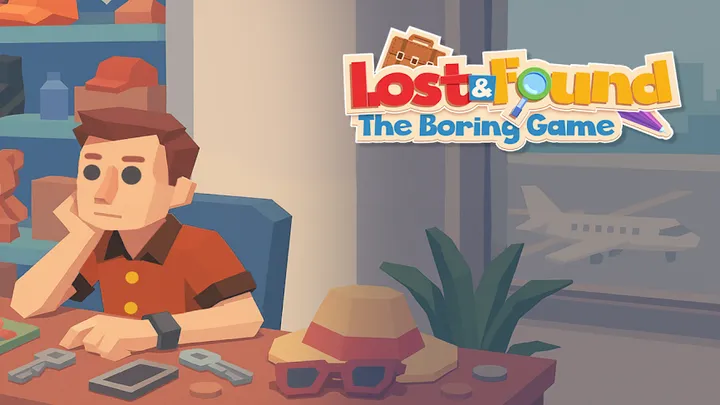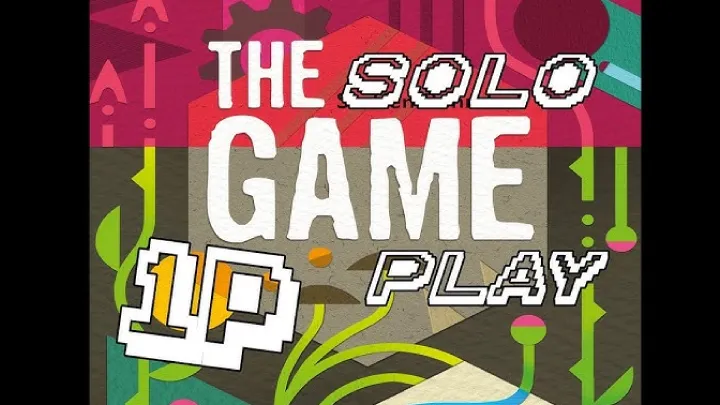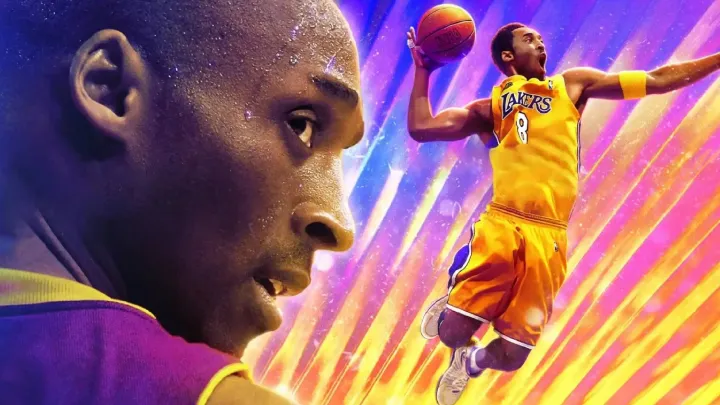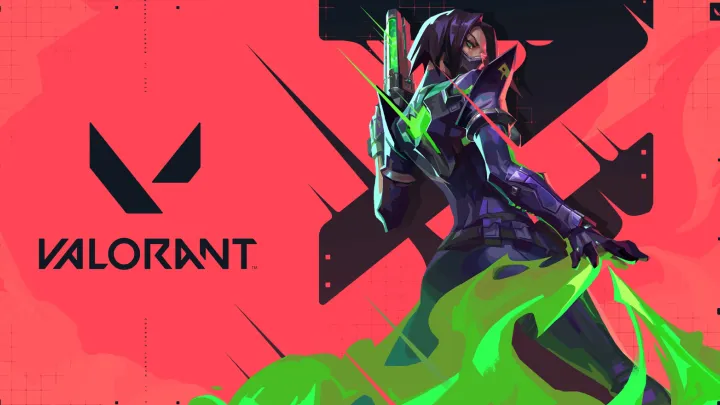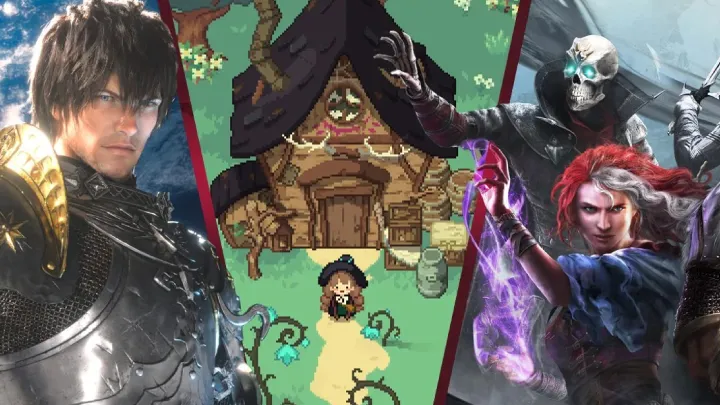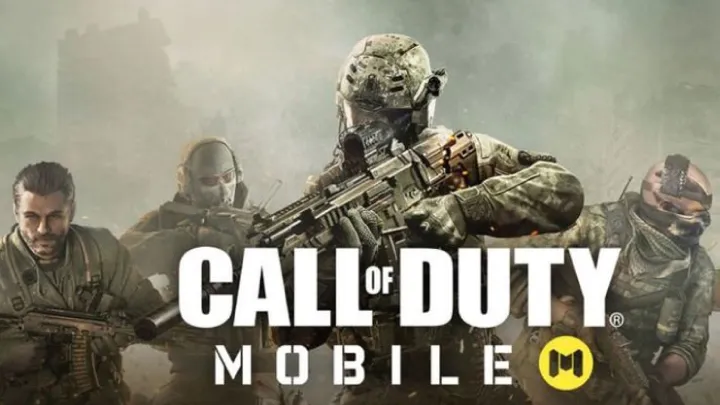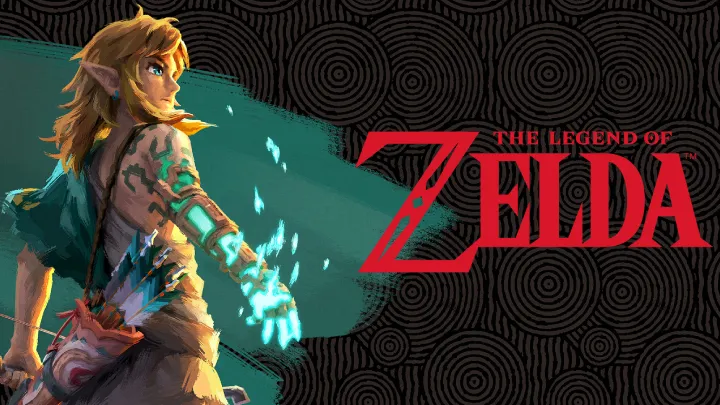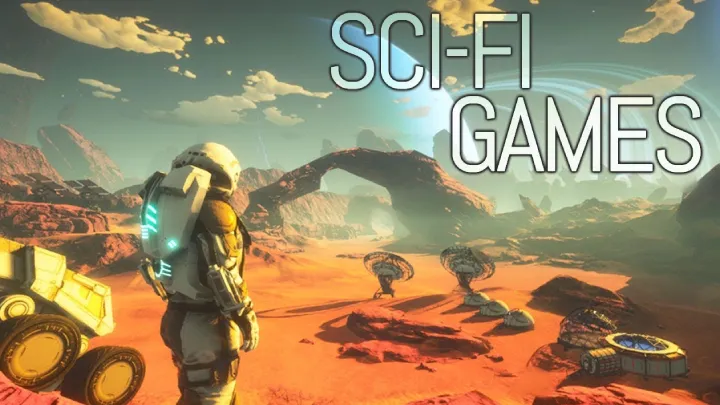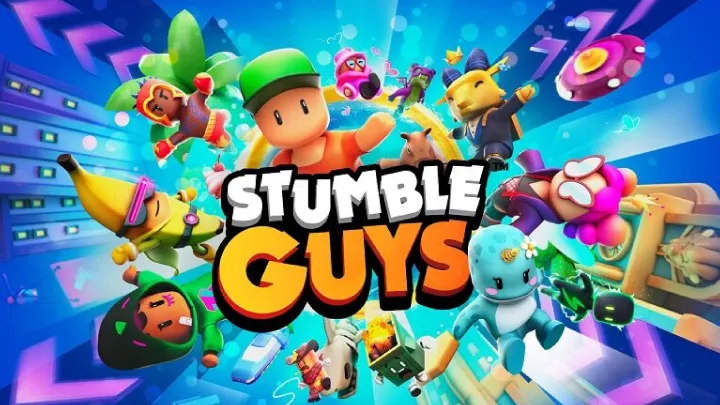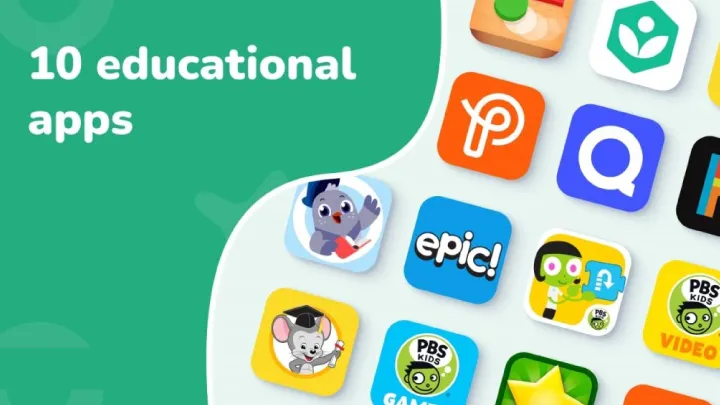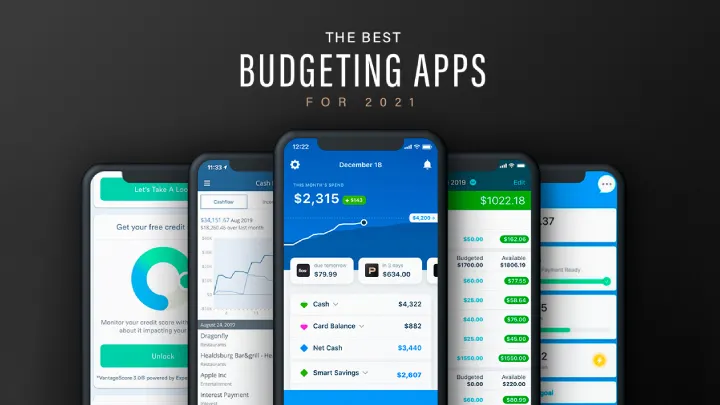Innovation has always been the driving force of the gaming industry. While stunning graphics and engaging stories attract attention, what truly changes the landscape of gaming are new gameplay mechanics—ideas that challenge conventions, inspire creativity, and influence countless future titles. Some games don’t just entertain; they redefine how players interact with virtual worlds. Below are some of the most innovative games that introduced mechanics so groundbreaking they became industry milestones.
The Legend of Zelda: Breath of the Wild
When Nintendo released The Legend of Zelda: Breath of the Wild in 2017, it fundamentally reshaped how players thought about open-world games. Unlike traditional RPGs with restrictive boundaries, Breath of the Wild gave players true freedom of exploration.
Every mountain you see in the distance can be climbed, every forest can be explored, and every challenge can be approached in multiple ways. The game introduced a physics-based interaction system, where fire spreads naturally, metal conducts electricity, and cooking experiments yield creative results.
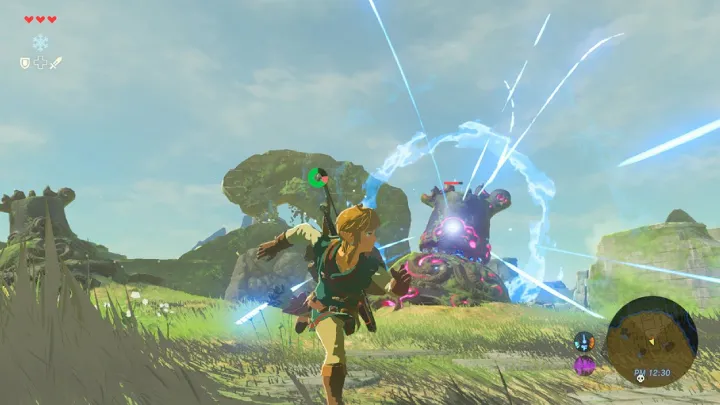
This emergent gameplay encouraged experimentation rather than following linear instructions. Players didn’t just follow quests; they created their own adventures. Its influence is undeniable, with many later open-world titles adopting similar mechanics.
Portal
When Portal launched in 2007, few expected it to become one of the most celebrated puzzle games in history. On the surface, it was simple: a gun that creates two portals connecting distant spaces. Yet this mechanic introduced entirely new ways of thinking about puzzles and environments.
Players had to manipulate physics, momentum, and perspective to solve problems. The famous “fling” mechanic—where you launch yourself by falling through one portal and out of another—was a breakthrough moment in game design.
Beyond mechanics, Portal’s minimalist narrative and witty AI character GLaDOS turned it into a cultural phenomenon. The game’s elegant simplicity combined with endless creative puzzles made it a timeless innovation that still influences puzzle-platformers today.
Minecraft
Few games have had as massive an impact as Minecraft. Released in 2011, it offered players something revolutionary: a limitless sandbox where they could gather resources, build structures, and shape entire worlds.
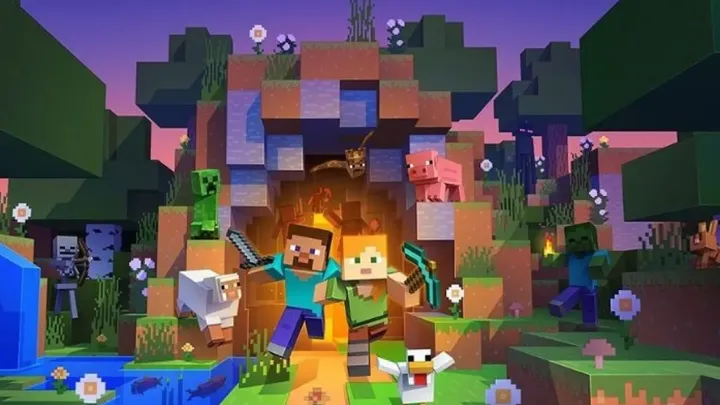
What made Minecraft unique wasn’t just its blocky art style but the freedom it gave players. You could play in survival mode, where crafting and combat kept you on edge, or in creative mode, where imagination was the only limit. The mechanics of building with blocks, combined with redstone circuitry for logic-based machines, turned the game into a platform for education, creativity, and community-driven projects.
Today, Minecraft isn’t just a game—it’s a cultural icon, a classroom tool, and a digital canvas for millions of players. Its mechanics inspired a wave of sandbox survival games and remain unmatched in scope and accessibility.
Hades
The roguelike genre has always been about repetition: play, die, restart. What made Hades by Supergiant Games (2020) revolutionary was how it wove narrative progression into this loop.
Instead of punishing players with resets, Hades rewarded them. Every run provided new story dialogue, character interactions, and incremental upgrades. Even failure felt meaningful because it pushed the story forward.
On top of that, its combat system blended fast-paced action with a deep arsenal of weapons and powers granted by the Greek gods. The synergy between mechanics and storytelling made Hades one of the most innovative roguelikes ever, setting a new benchmark for blending narrative and gameplay.
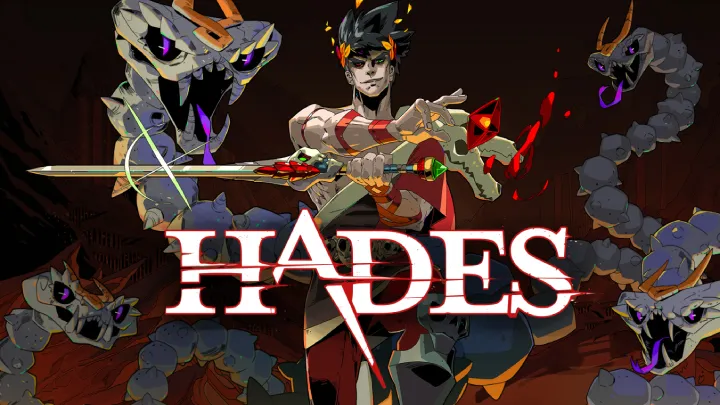
Death Stranding
When Hideo Kojima introduced Death Stranding in 2019, he described it as a completely new genre: the “strand game.” At its core, it was about connection. Players acted as couriers in a post-apocalyptic world, delivering supplies across treacherous landscapes.
What made it innovative was the asynchronous multiplayer system. While players didn’t directly interact, they could leave structures, tools, and paths for others. This created a sense of community and collaboration without traditional co-op.
Though divisive, Death Stranding’s mechanics challenged ideas of what a game could be. It wasn’t about constant action but about patience, strategy, and human connection. Today, it’s regarded as one of the boldest experiments in game design.
Conclusion
From Breath of the Wild’s emergent open worlds to Portal’s mind-bending puzzles, from Minecraft’s endless creativity to Hades’ narrative roguelike, and Death Stranding’s strand systems—each of these titles proves that innovation is the soul of gaming.







